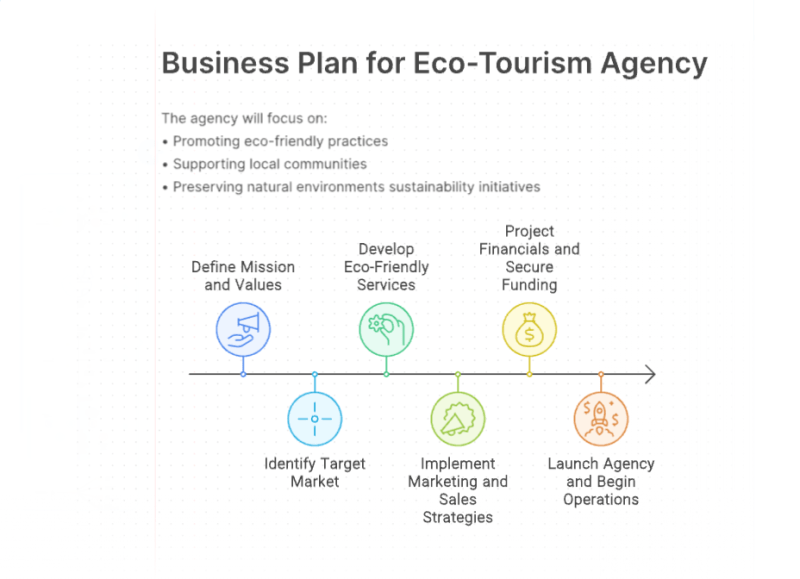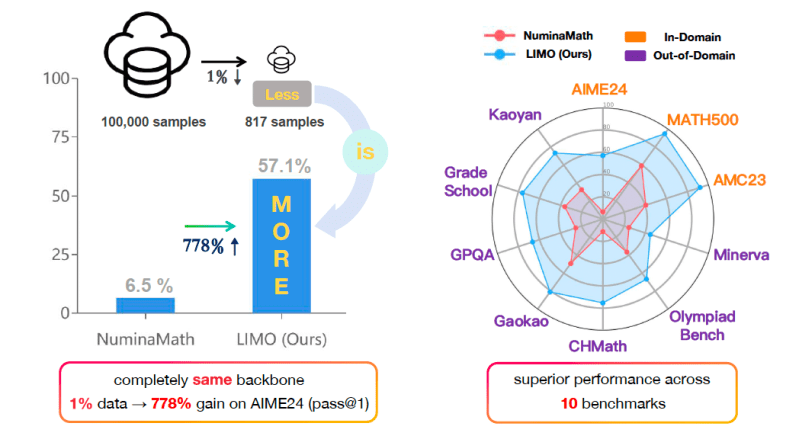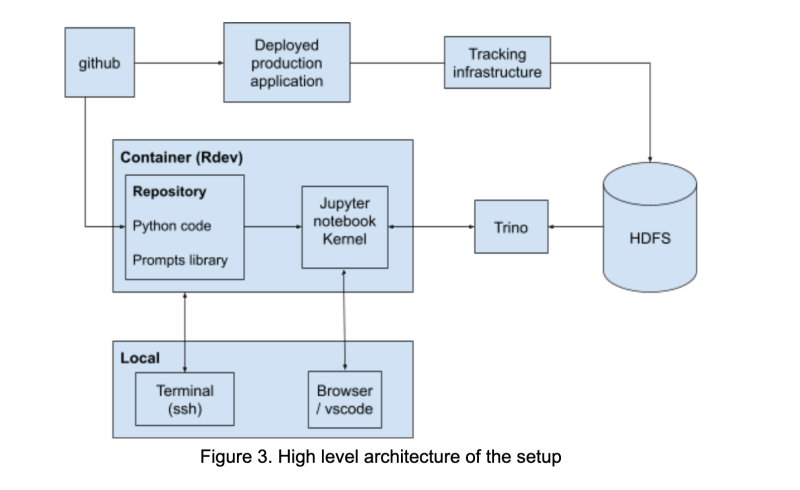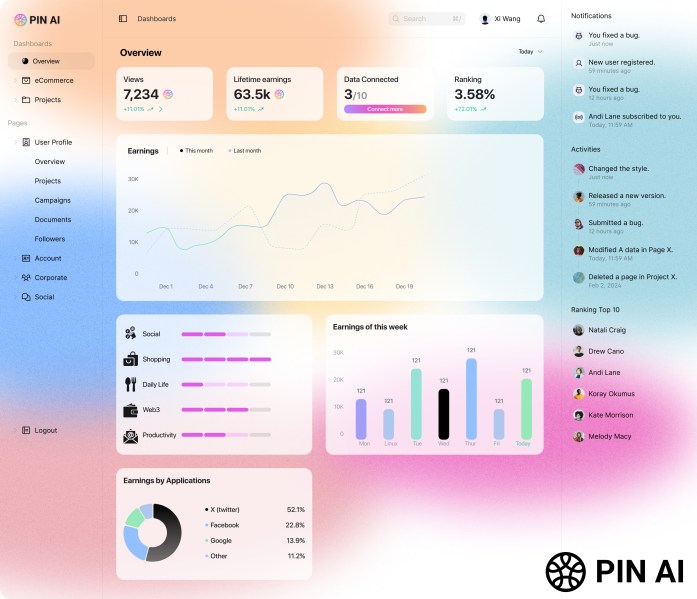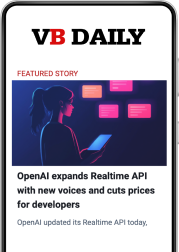Napkin AI’s ‘design agency’ of AI agents is changing how professionals create graphics
Join our daily and weekly newsletters for the latest updates and exclusive content on industry-leading AI coverage. Learn More Graphic design company Napkin AI is carving out a unique path in an exciting frontier area of vertical AI agent applications. A user can type text in Napkin AI’s web site, and its model generates a graphic that represents text within five seconds. What’s fascinating is that under the hood, Napkin is doing this by taking the different traditional jobs of a design agency — copywriter, designer, illustrator, brand stylist — and replicating those discrete functions with individual AI agents, instead of with humans. The product has gotten impressive traction since launching in August. It has 2 million beta users, double the number of users just six weeks ago, according to Pramod Sharma, Napkin co-founder and CEO. “We’ve taken a slightly different angle,” he said in an interview with VentureBeat. “We didn’t start with: ‘Let’s look at an image model and see what it can do.’ In fact, for us that was an afterthought. It’s really about what it takes to create a graphic, and how it’s done today, and work backwards.” Napkin AI is part of a trend toward vertical AI agents Napkin is part of a growing number of startups that are popping up to serve vertical areas with products that are not driven by the incumbent model of SaaS, but by vertical AI agents that are under the hood. Napkin shows how productive these agentic companies be. The company has a team of 12 working remotely, with Sharma the only one living in the SF Bay Area. These companies also promise to be highly disruptive, because they are so much more customizable and powerful for their specific use cases. For a deeper dive into Napkin AI’s approach, including insights from its co-founders on how their agentic system works, check out my conversation with Sam Witteveen, an AI agent developer, and the Napkin team: What seems to set Napkin apart from the competition is its focus on serving a specific need: Helping professionals who aren’t graphic design experts to create pretty designs, mainly for PowerPoint presentations. These users want diagrams and other illustrations, and not just the slick images produced by a lot of generative AI providers — and they want to be able to edit these images easily and simply. And that’s what Napkin does: After providing its best shot back to the user within five seconds, it lets the user edit it for things like style, color and design type. Example of an image generated by Napkin AI Napkin AI represents a third way Napkin doesn’t use diffusion AI models like most other image providers, Sharma said, because those models don’t allow users to easily edit unique elements of illustrations, for example the slices of a pie chart, or surrounding text. By undergirding the Napkin product with agents that serve specific, useful functions, Napkin’s approach represents a “third way.” The “first way,” taken by incumbent graphic-design contemporaries like Adobe or Canva, is to bolt AI tools onto traditional design workflows. Napkin doesn’t do this. It is gen AI-first, in that it uses the technology to create the best visual first-draft that it can, based on a user’s prompt. It then simplifies the remaining editing process, keeping in mind that most users don’t have advanced design skills — the kind you need, for example, to figure out Adobe Creative Cloud. Neither is Napkin following the “second way,” that of the new breed of AI image and video companies — like MidJourney, Stable Diffusion, Runway, Ideogram and others — that pride themselves on being AI-first, and use massive diffusion models to bamboozle users with high-quality images or videos. It’s often not clear how they differentiate from each other. Napkin, however, is determined not to fall under the swoon of marvelous technology for the sake of it, because that doesn’t put users first, Sharma noted. Here’s how Napkin AI works: It allows users to paste a text description — whether it’s a presentation prompt, a blog excerpt or brainstorming notes — and receive multiple high-quality graphic options in seconds. These graphics are not mere templates but customizable designs, with editable fonts, colors and layouts — but they are easy to use, with sliding tools. The product eschews the huge menu bar with the hundreds of options provided by more complex tools like Figma or Canva. After creating an image, Napkin allows you to export it in an PNG, PDF or SVG format. Napkin AI has four sub-agents under the hood More interesting, though, is how the agents are working under the hood: Napkin uses an orchestrator large language model (LLM), driven mainly by OpenAI’s GPT-4o mini, to respond to a user’s prompt. This LLM acts as an agent, delegating jobs to a series of other sub-agents that have specific responsibilities. The first “text” agent suggests some text that can be used in the design. The second “layout” agent looks at the text, and decides on a specific design layout that would be best for that text. A third “icon and illustration” agent checks a database to see if there’s an icon that matches the text request, and if there isn’t, it might generate an icon on the fly. Finally, there’s a fourth “style” agent, which lets users customize the design with their own corporate colors and style. As Sharma explains it, Napkin doesn’t put too many constraints on these four agents, other than to maximize for quality and speed. Responding within five seconds is key to meeting customer need, said Sharma. Each agent contributes to the overall composition, ensuring the generated graphic is not only aesthetically pleasing but tailored to the user’s intent. The fourth styling agent will be introduced into the product next week, and there will be improvements over time, Sharma explained. Soon, users will be able to upload a screenshot or other documents of their corporate styling, so that an image model can automatically generate images in that style. Sharma
Napkin AI’s ‘design agency’ of AI agents is changing how professionals create graphics Read More »
